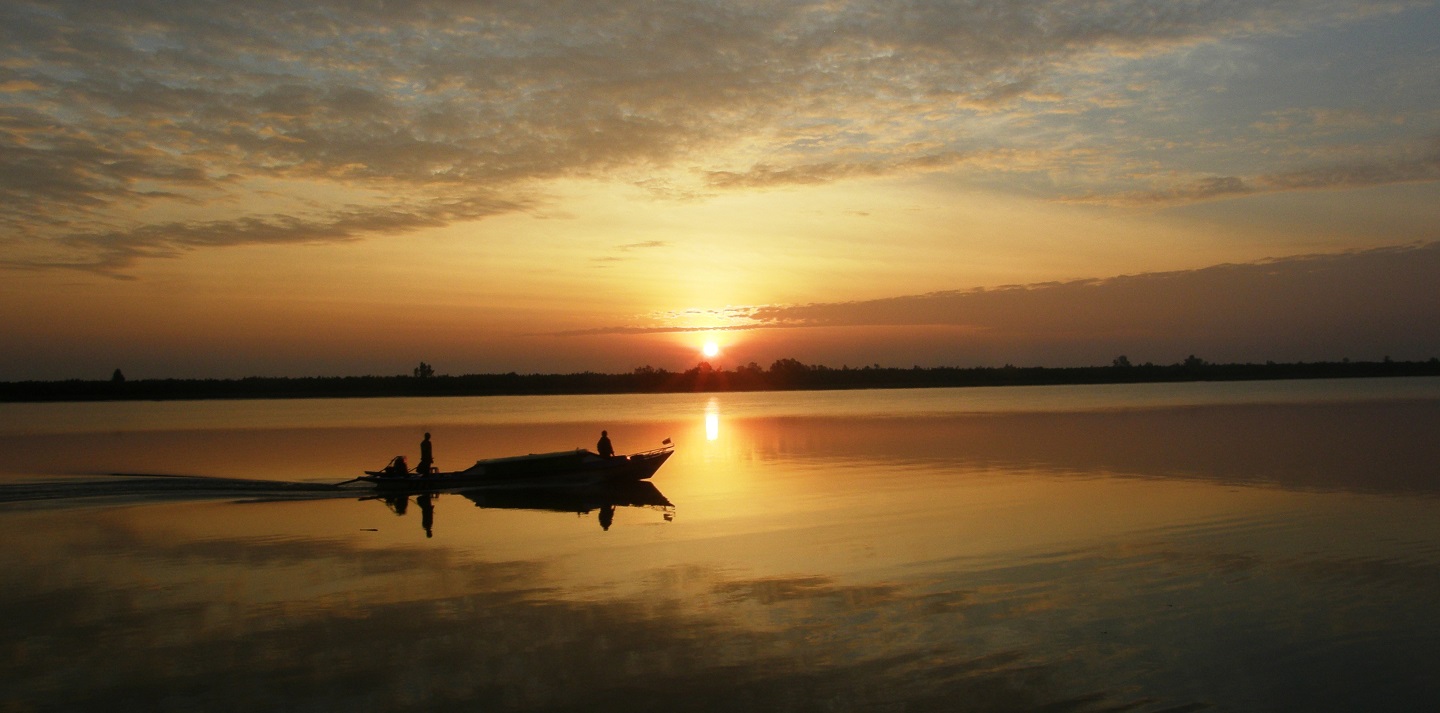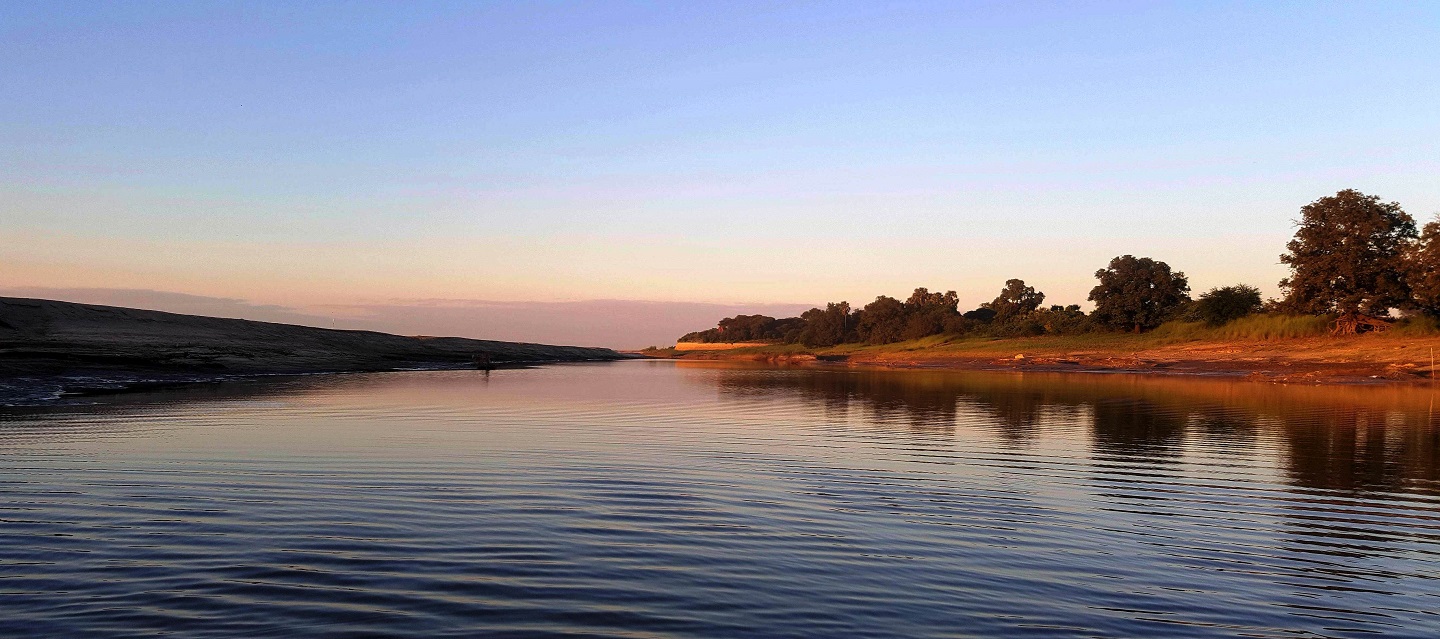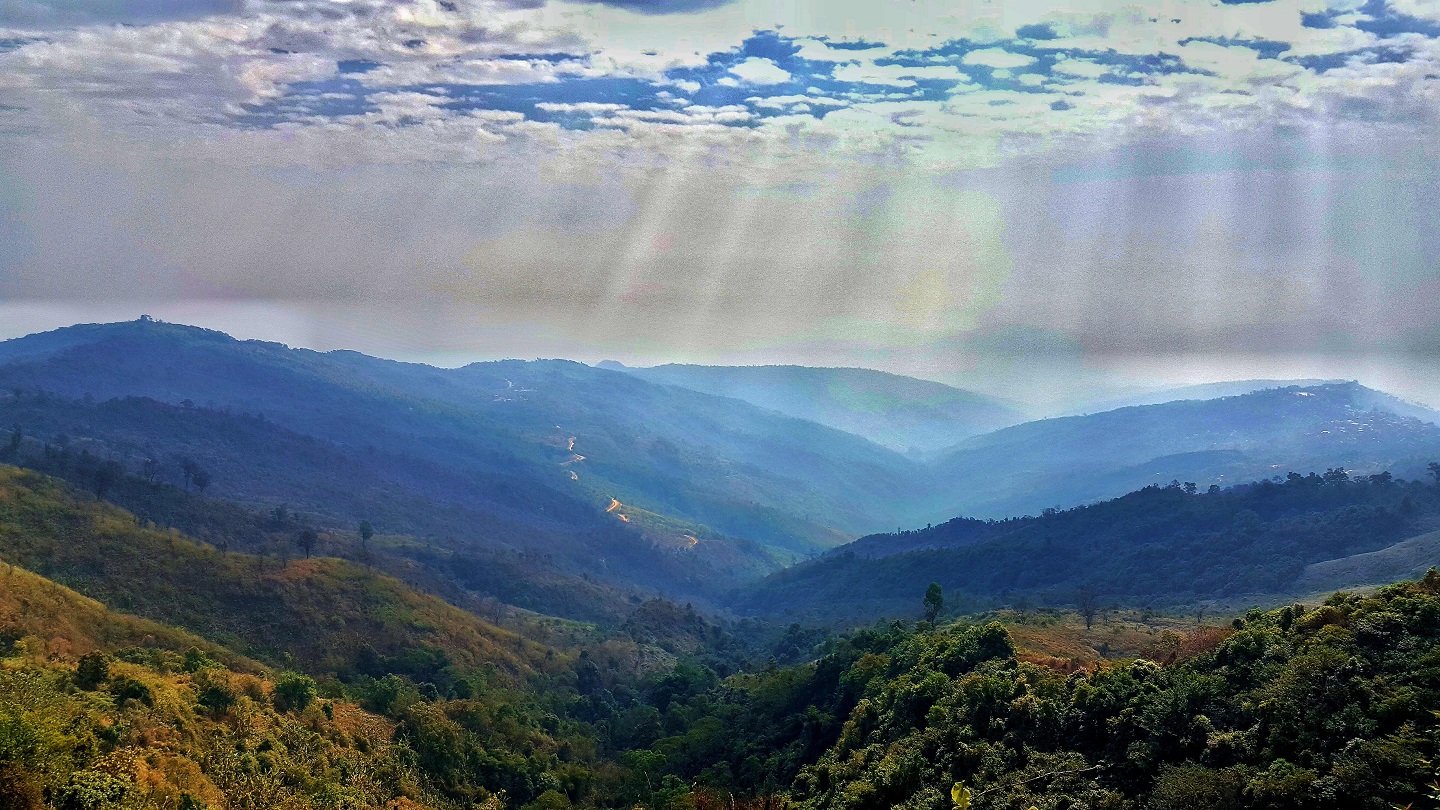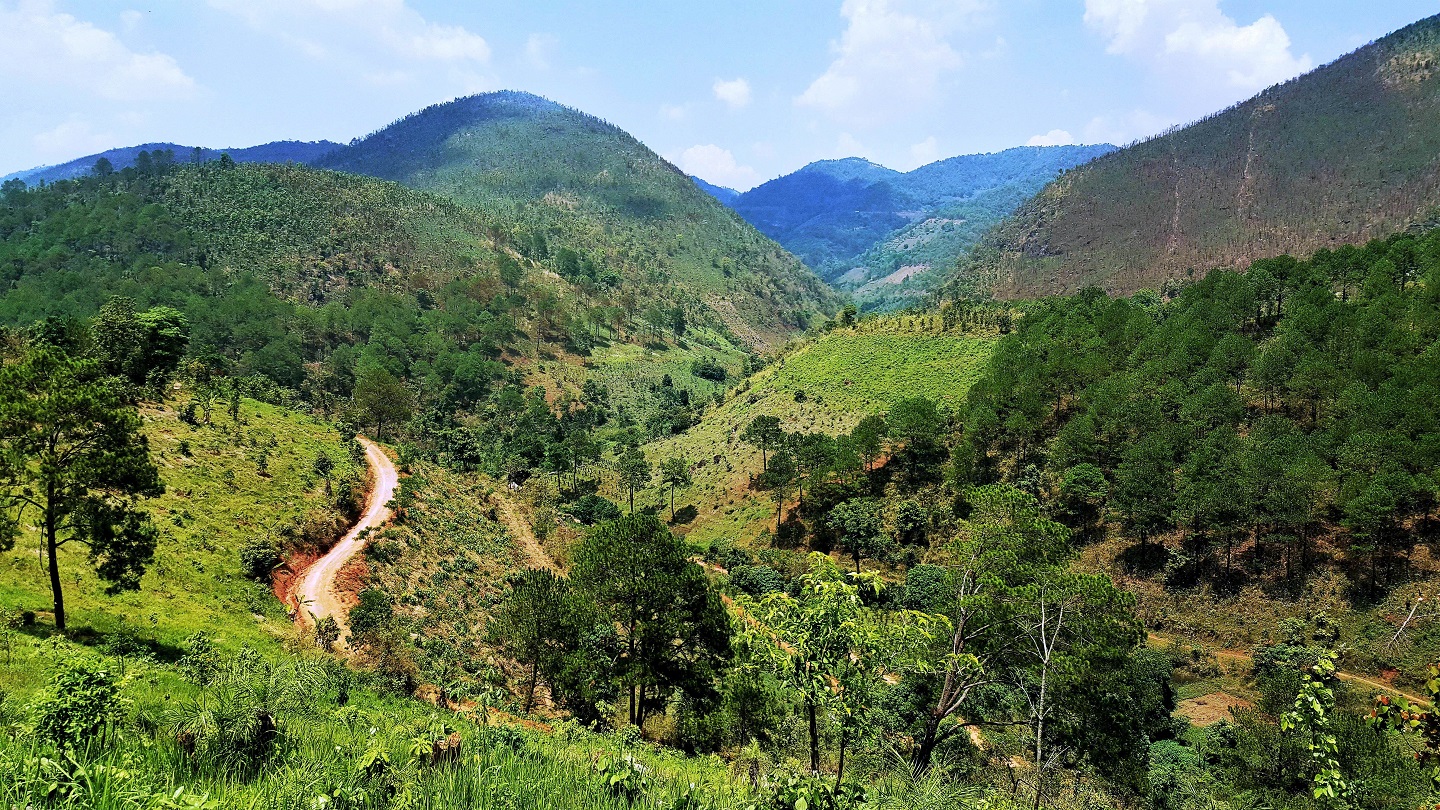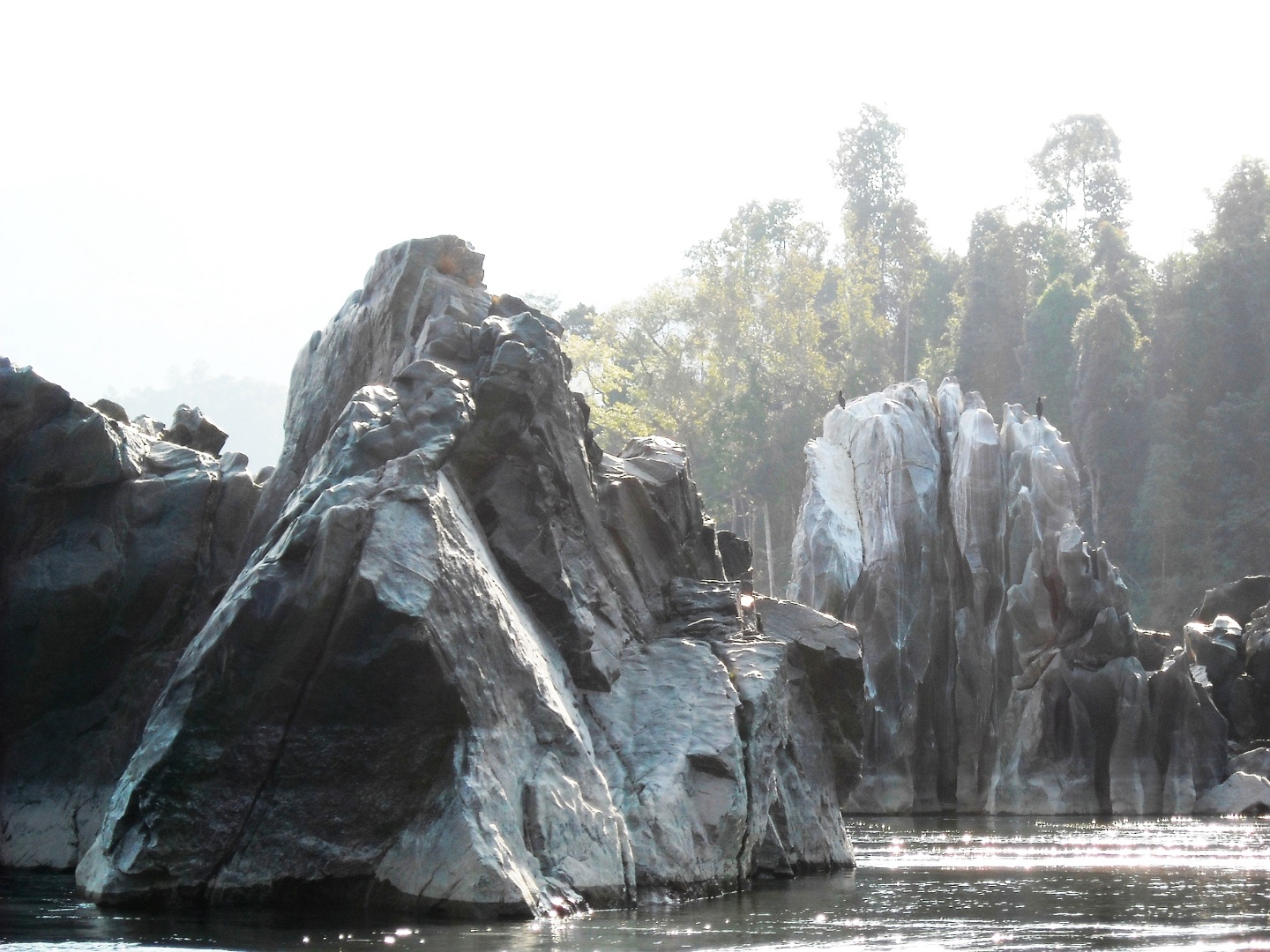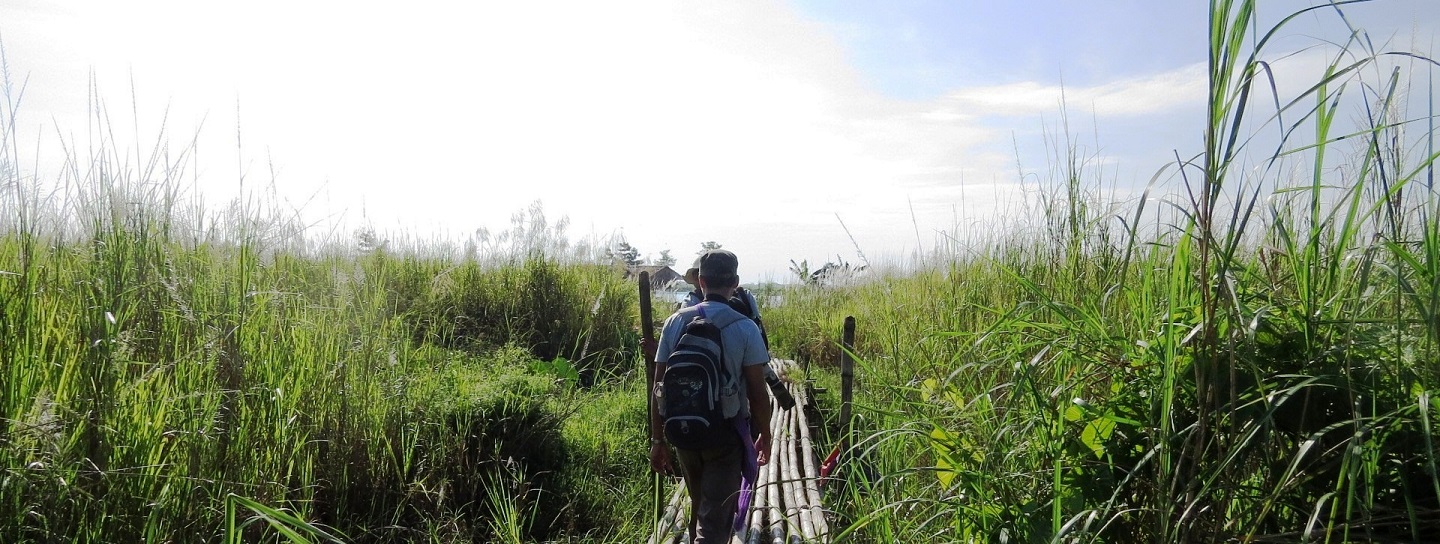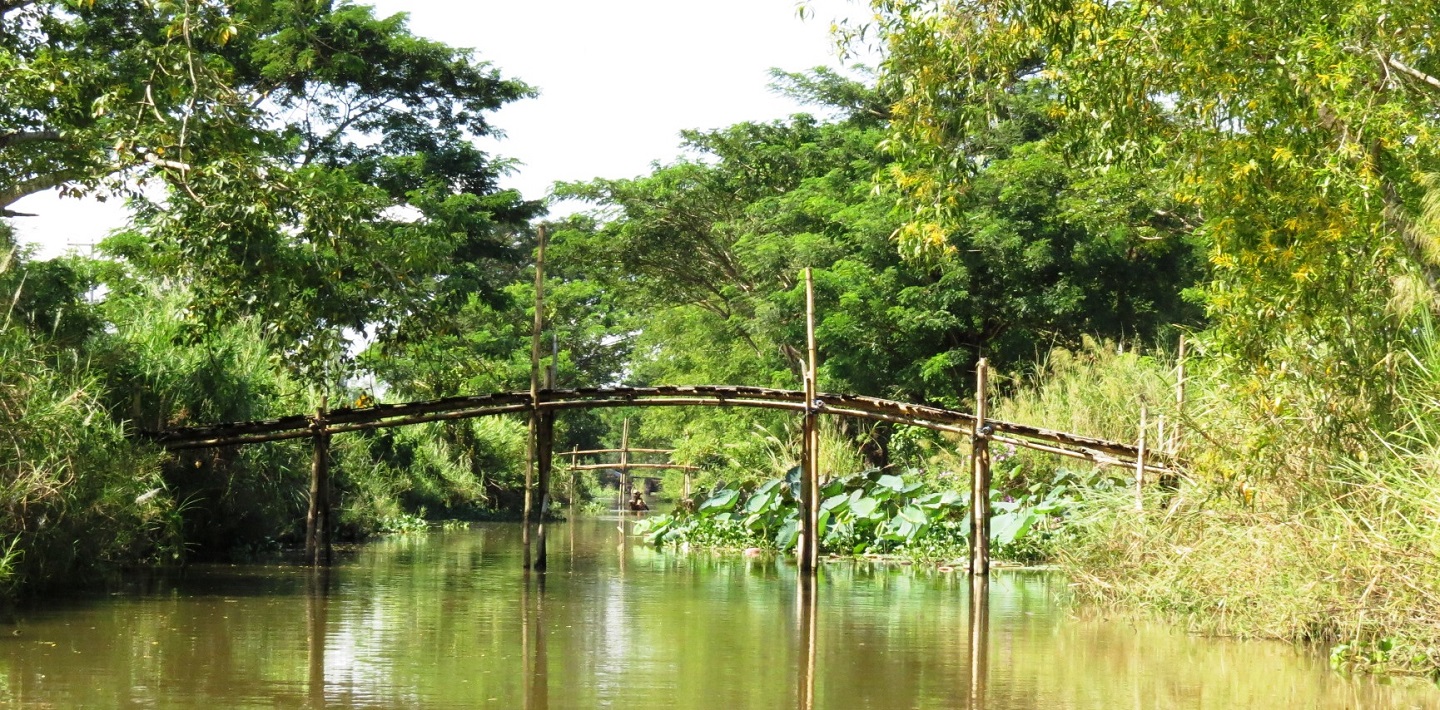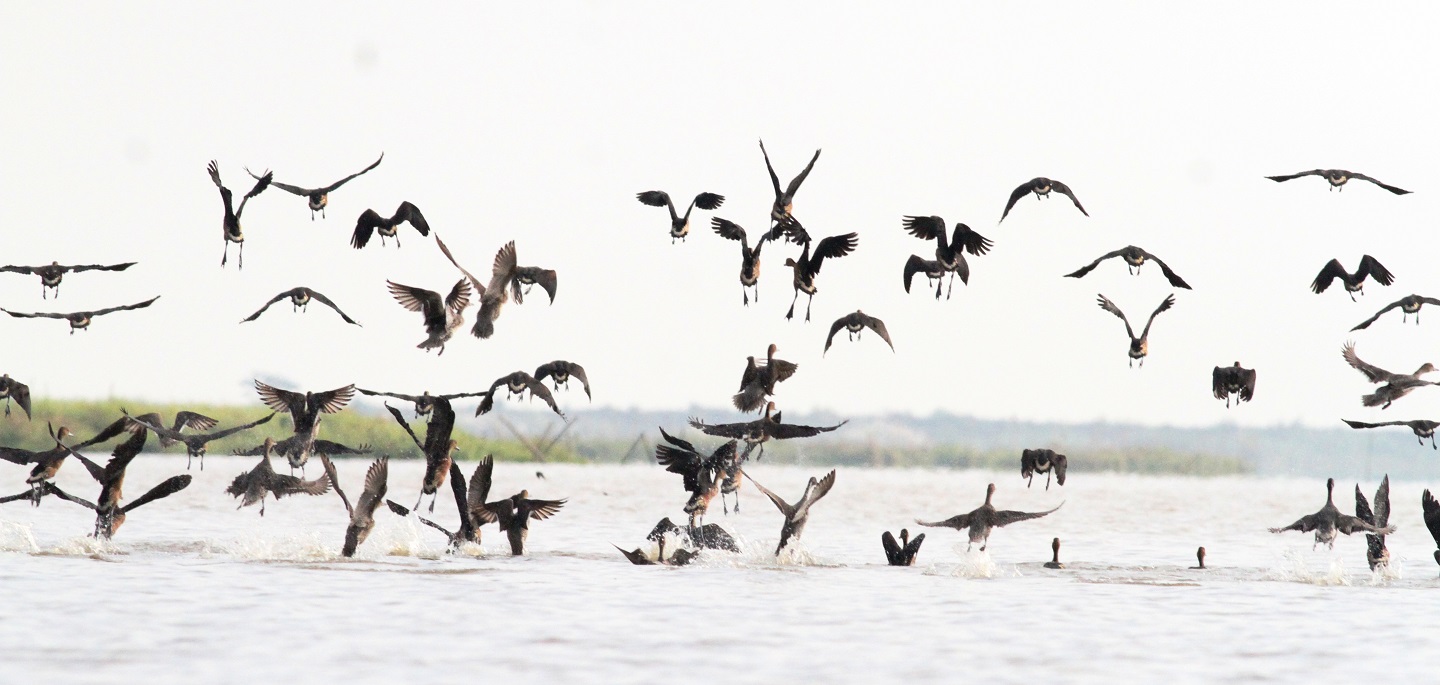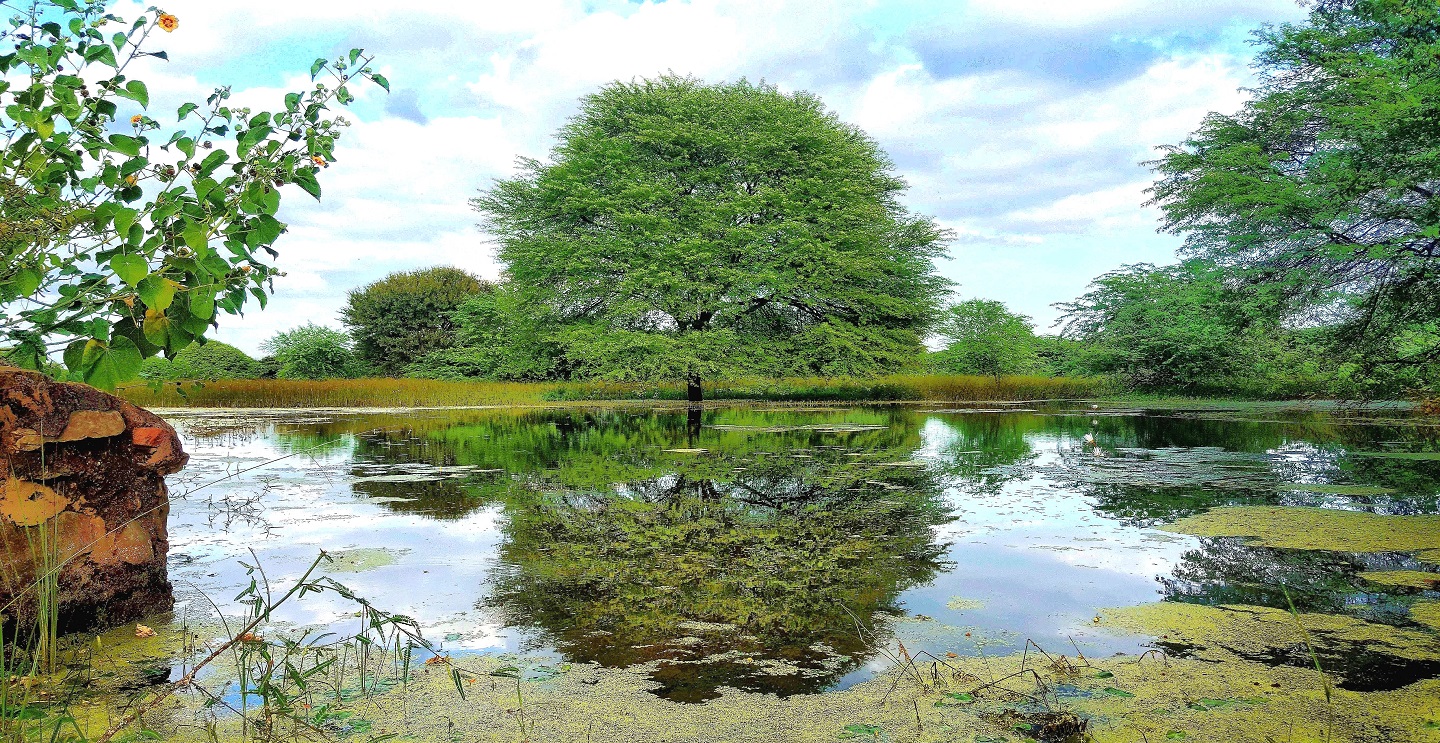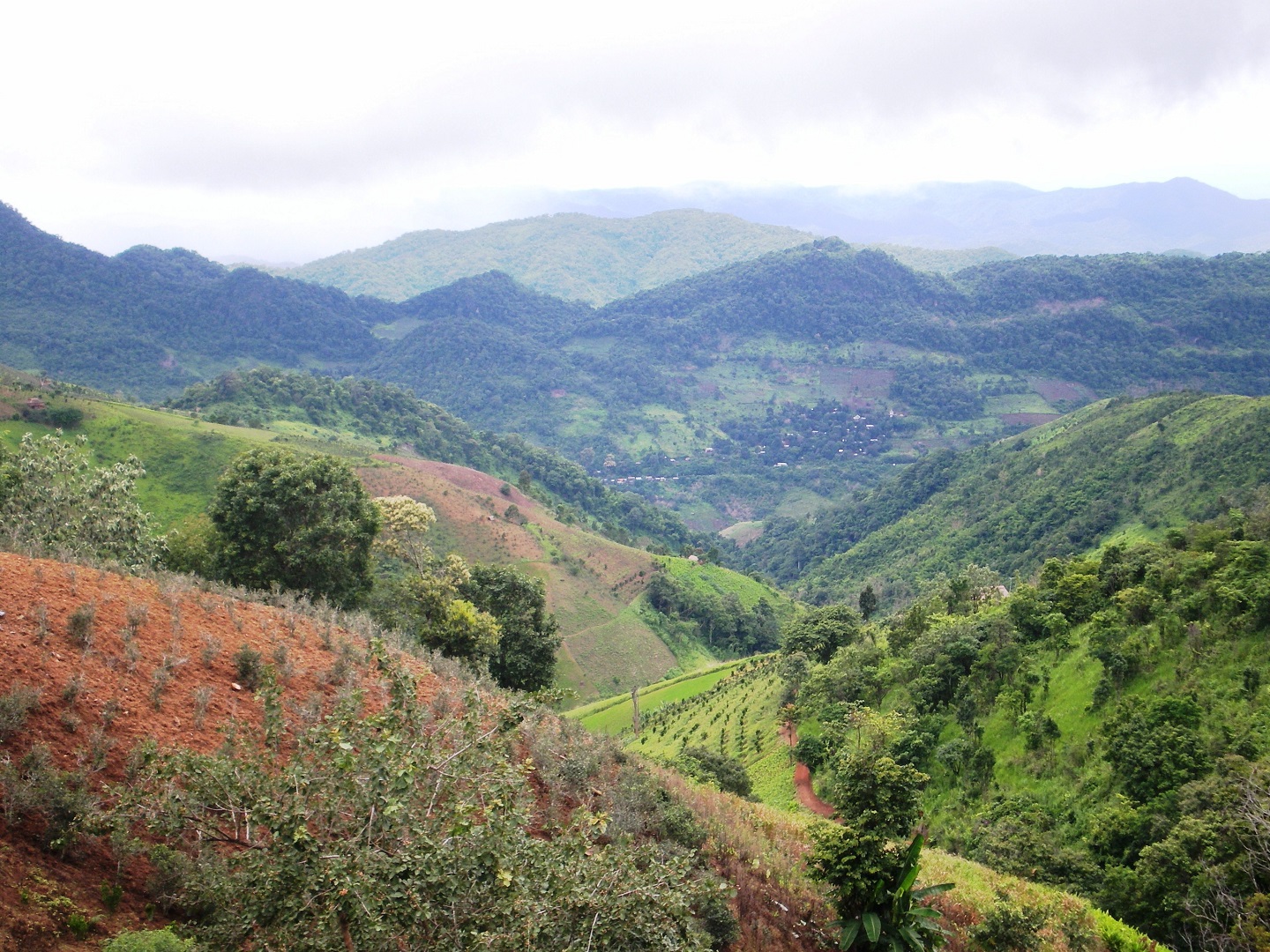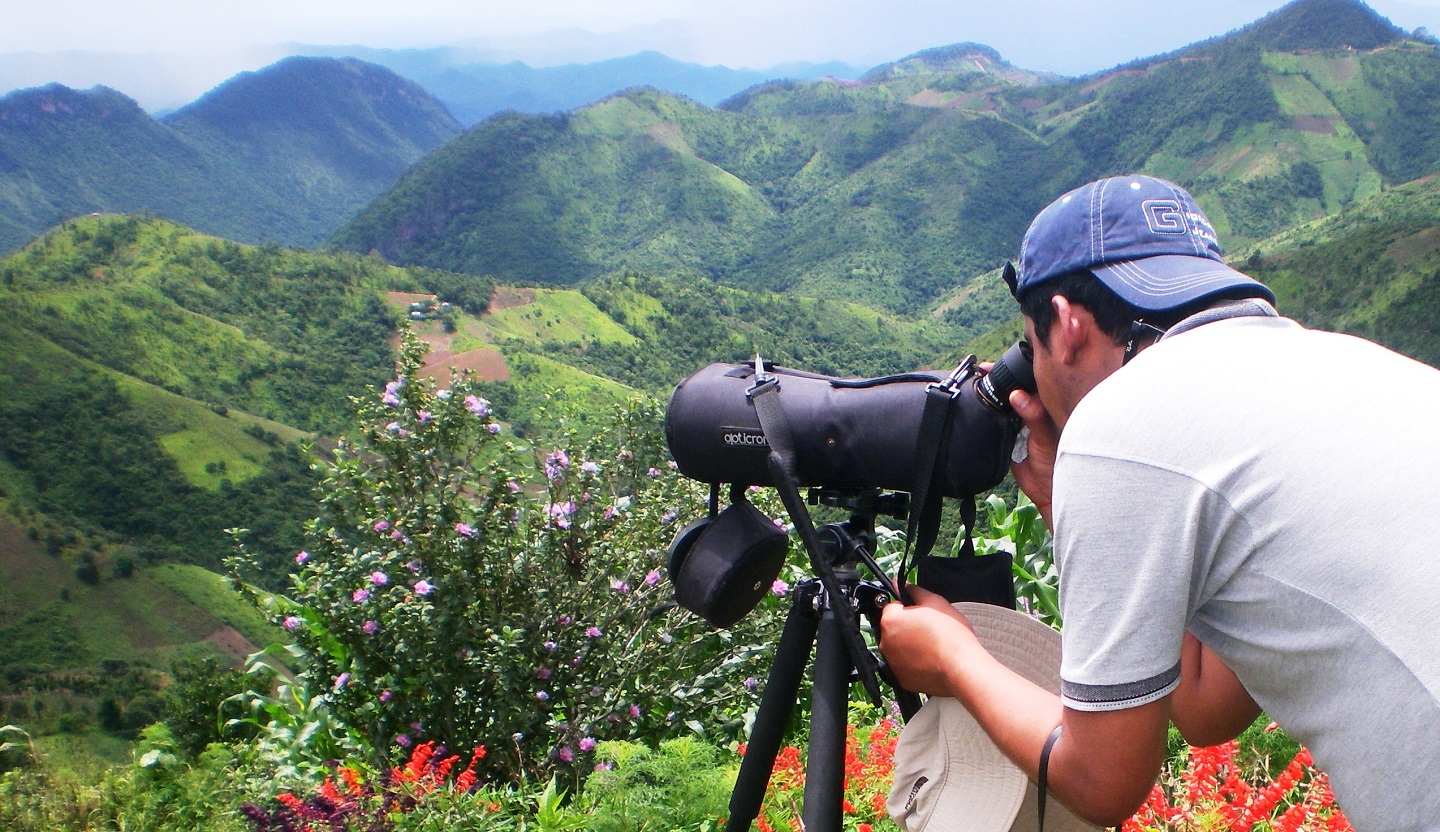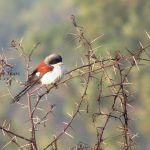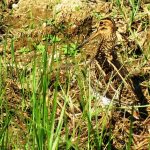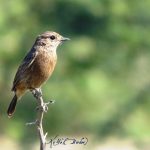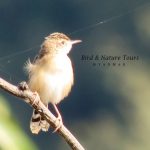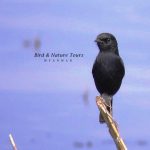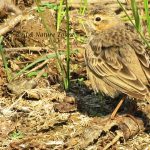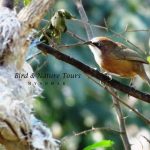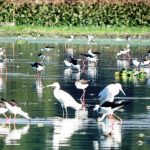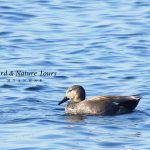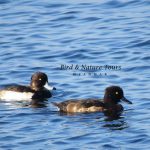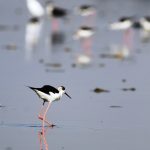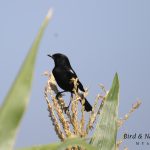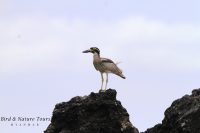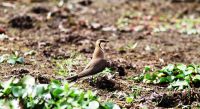Birding at Mandalay

Tour Information
| Tour Code | BNTM-MDL |
| Destination | Yangon- Mandalay Yangon |
| Duration | 4Days/3Nights |
| Expected Species | 50 or more out of recorded species 72 |
| Other Attraction | Mandalay Palaces and environs |
Mandalay
Mandalay is the second largest city after Yangon and the last royal capital of Myanmar. And it was established by King Mindon in 1857 and also the economic center of Upper Myanmar. It’s located on the east bank of Ayeyarwady River in the central Myanmar and can be reached by numerous ways – by road, by plane, by waterbus and by train. Mandalay is rich in culture as it inherits many cultural heritages from the ancient Myanmar Kingdoms and is home to several Buddhist monasteries and exquisite examples of Myanmar masonry. Mandalay is not only rich in culture but also rich in bird diversity. The surrounding areas of Mandalay such as farmlands, wetlands and Ayeyarwady River become the stamping-ground for many species especially water birds (resident, migrant and winter visitor). The excellent sites for birding in Mandalay are Pyu Kan, Peleik In and Taungtaman.
Pyu Lake
Pyu Lake is located beside the village of Pyu Kan in the south western part of Tada-U Township, Mandalay Region. The lake is one of the important wetlands in central Myanmar and probably natural. The area of water body is 1897 ha in rainy season and 291 ha in dry season. It is an important ecosystem for both migratory and resident water-bird species as well as benefits to the local people such as food, regular water supplies and protect from extreme weather. We can also find the Baer’s Pochard (Critically Endangered) which is globally threatened species and many more water-birds.
Paleik In Lake
The Paleik In Lake is located at 9 mile 3 furlong far from Southwest of Mandalay Mid Myanmar. Its altitude is 89 meter alone sea level of 2.3 km long, 2.1 km wide. In monsoon, the lake is 321.76 meter wide that water flows from the Myint Ngel River, the rivulet of the Ayeyarwady into the Lake. It is an IBA (Important Bird Area) and comprises an area of inland wetlands covering 50 hectares. It is surrounded on all sides by man-made development, which includes Peleik village to the south, Myitnge village to the north and a railway line on the east. It is best visited between December and March, in the dry season, when the wetlands comprise shallow lakes and flooded paddy fields and are home to large numbers of wintering waterfowl that have migrated south from central Asia. There is a rich diversity of species. In the rainy season, the lakes are deep and the whole area is extensively flooded and of little interest.
Taungtaman Lake
Taungtaman Lake is a lake and associated wetlands, which is situated in Amarapura (a township of southern Mandalay). It is surrounded by roads and urban development on its north, west and eastern margins and is crossed by the old teak U Bein Bridge, which is very popular with tourists. The extent of the water is dependent on the flow of the Ayeyarwady River and varies considerably between the dry and wet seasons. Despite on-going disturbance, the lake has a rich bird-life, especially on the lake margins on the south/ south-east side. It is home to congregatory water birds such as the Ruddy Shelduck, Glossy Ibis and a variety of egret, heron and cormorant species. As Peleik Inn, it is best visited in the winter season (December to March) for bird watching.
Bird Species which can be seen:
Ruddy Shelduck (Tadorna ferruginea), Lesser Whistling-Duck (Dendrocygna javanica), Gadwall (Anas strepera), Eurasian Wigeon (Anas Penelope), Ferruginous Pochard (Aythya nyroca), Tufted Duck (Aythya fuligula), Little Grebe (Tachybaptus ruficollis), Indian Roller (Coracias bengbalensis), Common Kingfisher (Alcedo attbis), White-throated Kingfisher (H.smyrnensis), Little Green Bee-eater (Merops orientalis), Chestnut-Headed Bee-eater (M.lescbenaulti), Rose-Ringed Parakeet (Psittacula Krameri), Asian Palm Swift (Gypsiurus balasiensis), Rock Pigeon (Columba livia), Spotted Dove (Streptopelia cbinensis), Red Collared Dove (Streptopelia tranquebarica), Common Crane (Grus grus), White-Breasted Waterhen (Amaurornis phoenicurus), Common Coot (Fulica atra), Pheasant-Tailed Jacana (Hydrophasianus chirurgus), Common Snipe (Gallinago gallinago), Common Sandpiper (Actitis hypoleucos), Small Pratincole (Glareola lacteal), Black-winged Stilt (Himantopus himantopus), Common Ringed Plover (Charadrius hiaticula), Little Ringed Plover (Charadrius dubius), Black-headed Gull (Larus ridibundus), Black-eared Kite (Milvus lineatus), Oriental Darter (Anhinga melanogaster), Little Cormorant (Phalacrocorax niger), Little Egret (Egretta garzetta), Great Egret (Casmerodius albus), Intermediate Egret (Mesophoyx intermedia), Cattle Egret (Bubulcus ibis), Pond Hero, Grey Heron (Ardea cinerea), Black-crowned Night Heron (Nycticorax nycticorax), Glossy Ibis (Plegadis falcinellus), Black-headed Ibis (Threskiornis melanocephalus), Asian Openbill (Anastomus oscitans), Common Iora (Aegithina tiphia), Brown Shrike (Lanius cristatus), Burmese Shrike Lanius collurioides and many more.
